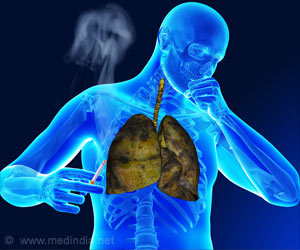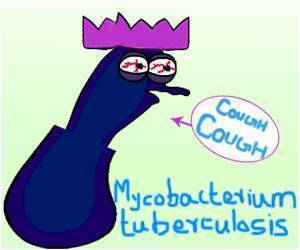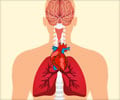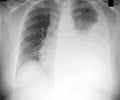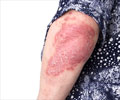Efforts to reduce the tuberculosis burden, therefore, must include strategies to reduce incidence of the bacteria in animals using One Health approach.

‘A disease modeling approach has been used to analyze the cost and effectiveness of interventions aimed at bovine tuberculosis among cattle in Morocco.’





Researchers reporting in PLOS Neglected Tropical Diseases have
used a disease modeling approach to analyze the cost and effectiveness
of interventions aimed at bovine tuberculosis among cattle in Morocco.Around 18% of cattle in Morocco carry Mycobacterim bovis, which can cause tuberculosis in humans who catch the bacteria from consuming raw milk or being in contact with infected animals. One previous study found that 17.8% of drug resistant TB among humans in Morocco was due to M. bovis rather than the classic Mycobacterium tuberculosis. The main strategy to control bovine tuberculosis (BTB) in Morocco is based on a test and slaughter scheme, but testing is not mandatory.
In the new work, Jakob Zinsstag and Nakul Chitnis, of the Swiss Tropical and Public Health Institute, associated with the University of Basel and their colleagues, in partnership with the Institut Agronomique et Vétérinaire, Hassan II, Rabat, Morocco, developed a mathematical model of BTB transmission from cattle to cattle and cattle to humans in order to assess the disease cost and simulate interventions. They assumed a prevalence of 18% among cattle and used annual data on cattle numbers collected by the Moroccan Ministry of Agriculture.
The time until less than one in a thousand cattle are newly infected with BTB in Morocco depends on the proportion of testing. The model showed that the time to bovine tuberculosis elimination ranged from 12 years - with a 100% tested - to 75 years - when only 20% of cattle were tested annually.
Assuming testing rates were higher than 40%, costs for the program ranged from 1.47 to 1.6 billion Euros and led to freedom from disease in 12 to 32 years. The simulation also suggested that using a more conservative cutoff for a positive skin test for BTB would result in cheaper and quicker elimination of the disease. Further studies are needed, however, to better describe the prevalence of BTB in humans in Morocco.
Advertisement
Source-Eurekalert



